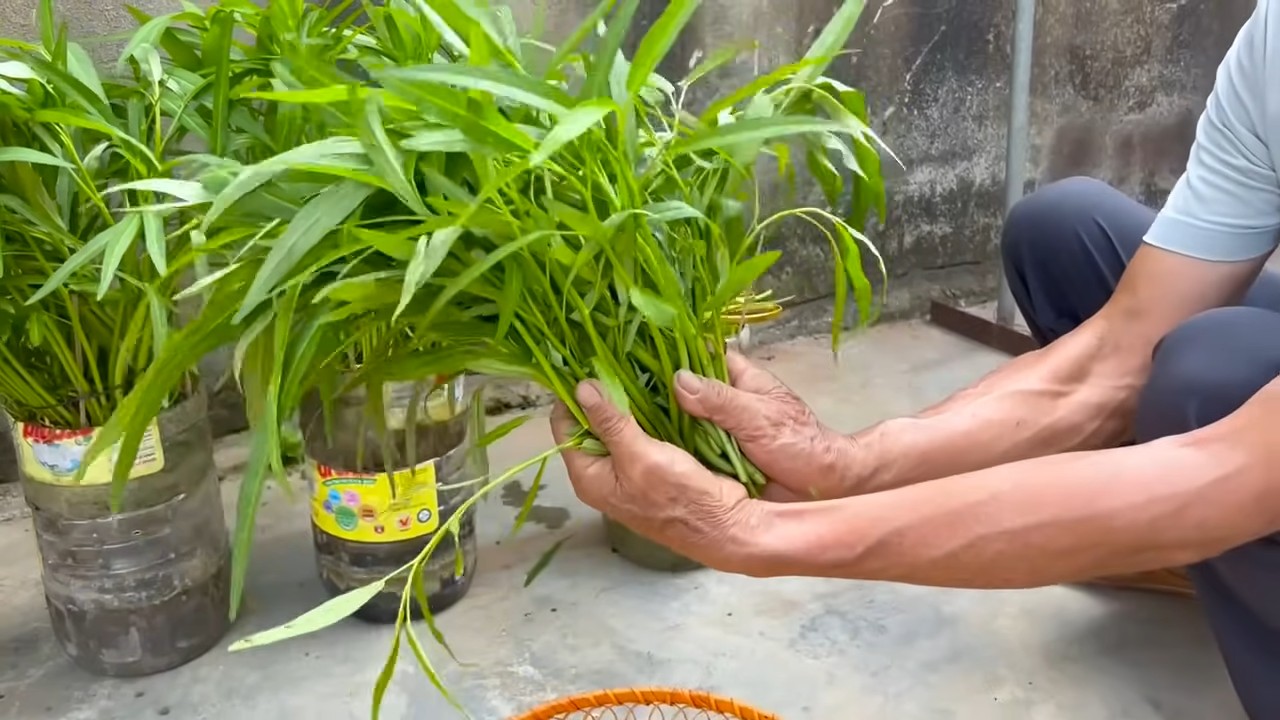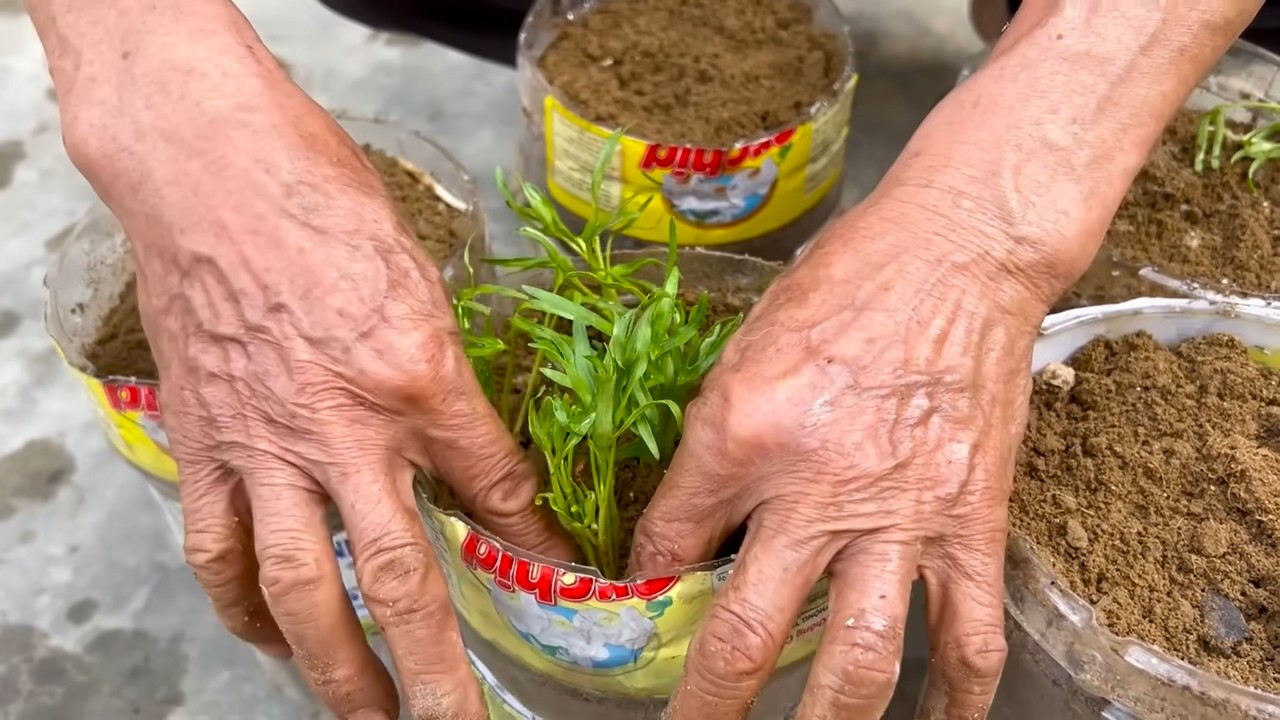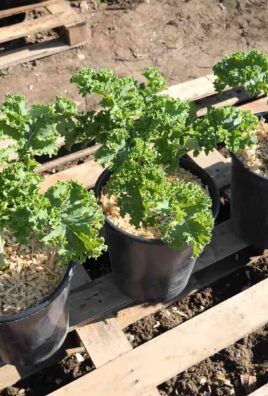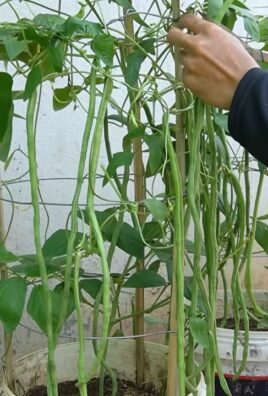Water saving lawn care is on everyone’s mind these days, isn’t it? I know I’m constantly looking for ways to keep my lawn green and lush without feeling guilty about the water bill or harming the environment. Let’s face it, a vibrant lawn is a beautiful thing – a place for kids to play, pets to roam, and for us to simply relax and enjoy the outdoors. But maintaining that perfect green carpet can be a real drain, literally!
For centuries, lawns have been a symbol of prosperity and status, dating back to the manicured meadows of European estates. But times have changed, and now we’re more aware than ever of the importance of conserving our precious resources. That’s why I’m so excited to share these simple, yet effective, DIY tricks and hacks that will revolutionize your water saving lawn care routine.
This isn’t just about saving money (though that’s a definite perk!). It’s about adopting sustainable practices that benefit our planet and ensure a healthy lawn for years to come. I’ll show you how to choose the right grass, optimize your watering schedule, and even create your own natural fertilizers. Get ready to ditch the wasteful habits and embrace a greener, more eco-friendly approach to lawn care. Let’s get started!

DIY Water-Saving Lawn Care: Green Grass, Less Guilt
Hey there, fellow lawn enthusiasts! Are you tired of watching your water bill skyrocket just to keep your lawn looking lush and green? I know I was! That’s why I embarked on a mission to find effective, DIY ways to conserve water while still maintaining a healthy and vibrant lawn. And guess what? I’m here to share my secrets with you! Get ready to transform your lawn care routine and save some serious water (and money!) along the way.
Understanding Your Lawn’s Needs
Before we dive into the DIY hacks, it’s crucial to understand what your lawn actually needs. Overwatering is a common mistake, and it can actually harm your grass. Different grass types have different water requirements, and factors like soil type, climate, and sun exposure all play a role.
* Identify Your Grass Type: Is it cool-season grass like Kentucky bluegrass or fescue, or warm-season grass like Bermuda or Zoysia? Cool-season grasses generally need more water during the summer months, while warm-season grasses are more drought-tolerant.
* Assess Your Soil: Sandy soil drains quickly and requires more frequent watering, while clay soil retains water for longer. A simple soil test can help you determine your soil type and its water-holding capacity. You can buy a soil test kit at most garden centers or online.
* Consider Sun Exposure: Lawns in full sun will dry out faster than those in shady areas. Adjust your watering schedule accordingly.
DIY Water-Saving Hacks: The Ultimate Guide
Now for the fun part! Here are my favorite DIY water-saving hacks that have helped me keep my lawn green without breaking the bank or depleting our precious water resources.
1. Smart Watering Techniques
Watering deeply and infrequently is the golden rule of water-wise lawn care. This encourages deep root growth, making your lawn more drought-tolerant.
Step-by-Step Instructions:
1. Water Early in the Morning: The best time to water is early in the morning (before 10 am). This allows the grass blades to dry before nightfall, reducing the risk of fungal diseases. Plus, less water is lost to evaporation compared to watering during the heat of the day.
2. Water Deeply: Aim to water deeply enough to moisten the soil 6-8 inches down. You can check this by sticking a screwdriver into the soil after watering. If it goes in easily, you’ve watered deeply enough.
3. Water Infrequently: Instead of watering every day, water only when your lawn shows signs of stress, such as a bluish-gray tint or footprints that remain visible for more than a few minutes. This usually translates to watering once or twice a week, depending on the weather and your soil type.
4. Use a Rain Gauge: A rain gauge will help you track how much rainfall your lawn is receiving. Adjust your watering schedule accordingly to avoid overwatering. I have a simple, inexpensive one stuck in the ground near my sprinkler.
5. Cycle and Soak: If your soil is compacted or drains poorly, try the “cycle and soak” method. Water for a short period (e.g., 15 minutes), then stop and let the water soak in for an hour. Repeat this cycle a few times to allow the water to penetrate deeply into the soil without running off.
2. DIY Rain Barrel System
Collecting rainwater is a fantastic way to reduce your reliance on municipal water and provide your lawn with a natural, chemical-free source of hydration.
Step-by-Step Instructions:
1. Choose a Rain Barrel: You can purchase a rain barrel from a garden center or online, or you can repurpose a large plastic container (like a food-grade barrel). Make sure the barrel is opaque to prevent algae growth.
2. Position the Barrel: Place the rain barrel under a downspout. You may need to cut the downspout to redirect the water into the barrel.
3. Install a Diverter: A downspout diverter will prevent the rain barrel from overflowing. When the barrel is full, the diverter will redirect the water back into the downspout.
4. Add a Spigot: Install a spigot near the bottom of the barrel for easy access to the collected water.
5. Screen the Inlet: Cover the top of the barrel with a screen to prevent debris and mosquitoes from entering.
6. Connect a Hose: Attach a hose to the spigot to water your lawn. You can use a watering can or a sprinkler attached to the hose.
7. Elevate the Barrel (Optional): Elevating the barrel on concrete blocks or a sturdy platform will increase water pressure and make it easier to fill watering cans.
3. DIY Lawn Aeration
Aeration involves creating small holes in the soil to improve air circulation, water penetration, and nutrient absorption. This is especially important for compacted soils.
Step-by-Step Instructions:
1. Choose an Aeration Method: You can use a core aerator (which removes plugs of soil) or a spike aerator (which pokes holes in the soil). Core aeration is generally more effective, but spike aeration is a good option for smaller lawns or for spot-treating compacted areas. You can rent a core aerator from most tool rental stores.
2. Aerate in the Spring or Fall: The best time to aerate is during the growing season when the grass is actively growing and can recover quickly. For cool-season grasses, aerate in the spring or fall. For warm-season grasses, aerate in the late spring or early summer.
3. Mow the Lawn: Mow the lawn before aerating to make it easier to maneuver the aerator.
4. Aerate the Lawn: Overlap each pass with the aerator to ensure that the entire lawn is aerated.
5. Leave the Plugs (Core Aeration): If you used a core aerator, leave the plugs of soil on the lawn. They will break down naturally and return nutrients to the soil.
6. Water and Fertilize (Optional): After aerating, water the lawn thoroughly and apply a fertilizer to promote growth.
4. DIY Compost Tea Fertilizer
Compost tea is a liquid fertilizer made by steeping compost in water. It’s a natural and effective way to nourish your lawn and improve soil health.
Step-by-Step Instructions:
1. Gather Your Materials: You’ll need a 5-gallon bucket, a bubbler (aquarium air pump and air stone), a mesh bag or old pillowcase, compost, and dechlorinated water.
2. Fill the Bucket: Fill the bucket with dechlorinated water. You can dechlorinate tap water by letting it sit out for 24 hours or by using a dechlorinating solution.
3. Add Compost: Place a few handfuls of compost in the mesh bag or pillowcase and submerge it in the water.
4. Aerate the Mixture: Place the air stone in the bottom of the bucket and turn on the bubbler. This will aerate the mixture and promote the growth of beneficial microbes.
5. Brew the Tea: Let the compost tea brew for 24-48 hours, stirring occasionally.
6. Strain the Tea: Remove the mesh bag or pillowcase from the bucket and strain the tea through a fine-mesh sieve or cheesecloth.
7. Dilute the Tea: Dilute the compost tea with water to a ratio of 1:10 (1 part compost tea to 10 parts water).
8. Apply the Tea: Use a watering can or a sprayer to apply the compost tea to your lawn. Apply it in the early morning or late evening to avoid evaporation.
5. DIY Mulching Mower Conversion
A mulching mower chops grass clippings into fine pieces and returns them to the lawn as fertilizer. This reduces the need for chemical fertilizers and helps retain moisture in the soil.
Step-by-Step Instructions:
1. Check Your Mower: Some mowers can be easily converted to mulching mowers by simply installing a mulching blade and closing off the side discharge chute. Check your mower’s manual for instructions.
2. Install a Mulching Blade: A mulching blade has a curved design that helps chop grass clippings into finer pieces. You can purchase a mulching blade that is compatible with your mower model.
3. Close Off the Side Discharge Chute: If your mower has a side discharge chute, you’ll need to close it off to prevent the grass clippings from being discharged onto the lawn. Some mowers come with a mulching plug that can be inserted into the side discharge chute.
4. Mow Frequently: When using a mulching mower, it’s important to mow frequently (about once a week) to prevent the grass clippings from becoming too long and clumping up on the lawn.
5. Mow When the Grass is Dry: Avoid mowing when the grass is wet,

Conclusion
So, there you have it! Mastering water saving lawn care doesn’t have to be a daunting task. By implementing these simple yet effective DIY tricks, you can transform your thirsty lawn into a lush, green oasis while significantly reducing your water consumption and saving money. We’ve explored everything from strategic watering techniques and soil amendments to grass selection and the power of mulch. Each tip, when applied thoughtfully, contributes to a healthier, more resilient lawn that requires less water to thrive.
But why is this a must-try? Beyond the obvious environmental benefits of conserving water, a water-wise lawn is simply more robust. Deep, infrequent watering encourages deeper root growth, making your grass less susceptible to drought and disease. Amending your soil with organic matter improves its water retention capacity, meaning you water less often and your lawn stays greener for longer. Choosing drought-tolerant grass varieties ensures your lawn is naturally equipped to handle drier conditions. And let’s not forget the financial savings! Lower water bills are a welcome bonus for any homeowner.
Consider these variations to personalize your approach:
* **Rainwater Harvesting:** Collect rainwater in barrels or tanks and use it to supplement your watering schedule. This is a fantastic way to further reduce your reliance on municipal water.
* **Greywater Recycling:** Explore the possibility of using greywater (water from showers, sinks, and washing machines) to irrigate your lawn. Be sure to check local regulations and install a proper filtration system.
* **Xeriscaping:** If you’re feeling ambitious, consider xeriscaping – landscaping with drought-tolerant plants and materials. This can dramatically reduce your water consumption and create a beautiful, low-maintenance landscape.
* **Compost Tea:** Brew your own compost tea and use it as a natural fertilizer. Compost tea is rich in beneficial microbes that improve soil health and plant growth.
* **Smart Irrigation Controllers:** Invest in a smart irrigation controller that automatically adjusts your watering schedule based on weather conditions and soil moisture levels.
We understand that every lawn is unique, and what works for one homeowner may not work for another. That’s why we encourage you to experiment with these techniques and find what works best for your specific climate, soil type, and grass variety. The key is to be observant, patient, and willing to adapt your approach as needed.
Don’t be afraid to get your hands dirty and embrace the journey of creating a water-wise lawn. The rewards – a beautiful, healthy lawn, lower water bills, and a reduced environmental impact – are well worth the effort.
We’re confident that these DIY tricks will make a significant difference in your water consumption and the overall health of your lawn. Now it’s your turn! Try these techniques, observe the results, and share your experiences with us. We’d love to hear your success stories, challenges, and any additional tips you’ve discovered along the way. Let’s work together to create a community of water-conscious lawn care enthusiasts! Share your photos and tips on our social media pages using #WaterSavingLawnCare. We can’t wait to see your beautiful, water-wise lawns!
Frequently Asked Questions (FAQ)
What is the best time of day to water my lawn to save water?
The best time to water your lawn is early in the morning, ideally between 6:00 AM and 10:00 AM. This allows the grass blades to dry before the heat of the day, minimizing water loss due to evaporation. Watering in the evening can lead to fungal diseases because the grass stays wet overnight.
How often should I water my lawn when practicing water saving lawn care?
Deep, infrequent watering is key. Instead of watering lightly every day, water deeply once or twice a week, allowing the water to soak down to the roots. This encourages deeper root growth, making your lawn more drought-tolerant. The exact frequency will depend on your climate, soil type, and grass variety. A good rule of thumb is to water when the top inch of soil feels dry to the touch.
What type of grass is most drought-tolerant?
Several grass varieties are known for their drought tolerance. Some popular choices include:
* **Bermuda grass:** This warm-season grass is highly drought-tolerant and thrives in sunny conditions.
* **Zoysia grass:** Another warm-season grass, Zoysia is known for its dense growth and good drought resistance.
* **Tall Fescue:** This cool-season grass is more drought-tolerant than other cool-season varieties like Kentucky bluegrass.
* **Buffalo grass:** A native grass that is extremely drought-tolerant and requires very little maintenance.
Research which grass varieties are best suited for your specific climate and soil conditions.
How can I improve my soil’s water retention capacity?
Improving your soil’s water retention is crucial for water saving lawn care. Amend your soil with organic matter such as compost, peat moss, or well-rotted manure. Organic matter acts like a sponge, holding onto water and releasing it slowly to the roots. Aerating your lawn can also improve water infiltration and drainage.
What is the best way to use mulch in my lawn?
Mulch is typically not used directly on the lawn itself, but rather around trees, shrubs, and flower beds within your landscape. However, you can use grass clippings as a natural mulch by leaving them on the lawn after mowing. This is called “grasscycling.” The clippings decompose and return nutrients to the soil, reducing the need for fertilizer and improving water retention.
Can I use greywater to water my lawn?
Yes, you can use greywater (water from showers, sinks, and washing machines) to water your lawn, but it’s essential to follow local regulations and guidelines. Greywater may contain contaminants that can harm your lawn or the environment. Install a proper filtration system to remove harmful substances and avoid using greywater that contains harsh chemicals or cleaning products. Check with your local authorities for specific regulations regarding greywater use.
How do I know if I’m overwatering or underwatering my lawn?
Signs of overwatering include:
* Mushy soil
* Fungal growth
* Yellowing grass
* Weed infestations
Signs of underwatering include:
* Wilting grass
* Brown or dry patches
* Slow growth
Adjust your watering schedule based on these signs and the weather conditions.
Are there any specific fertilizers that are better for water saving lawn care?
Yes, using slow-release fertilizers is beneficial. These fertilizers release nutrients gradually over time, reducing the risk of nutrient runoff and promoting healthy, sustained growth. Look for fertilizers that are specifically formulated for drought tolerance and contain organic matter. Avoid over-fertilizing, as this can weaken the grass and make it more susceptible to disease.
How can I prevent water runoff from my lawn?
To prevent water runoff, avoid watering too quickly or for too long. Use a sprinkler system with adjustable settings to control the water flow. Break up long watering sessions into shorter intervals to allow the water to soak into the soil. Consider installing rain gardens or swales to capture and redirect runoff water.
What are the benefits of using a rain barrel for water saving lawn care?
Rain barrels collect rainwater from your roof, providing a free and sustainable source of water for your lawn and garden. Rainwater is naturally soft and free of chemicals, making it ideal for irrigation. Using a rain barrel reduces your reliance on municipal water and helps conserve water resources.




Leave a Comment